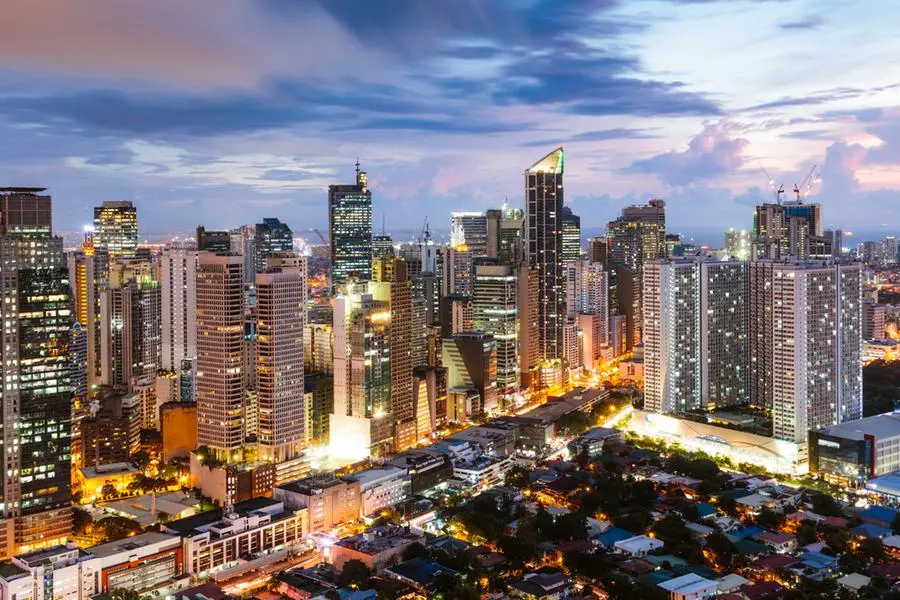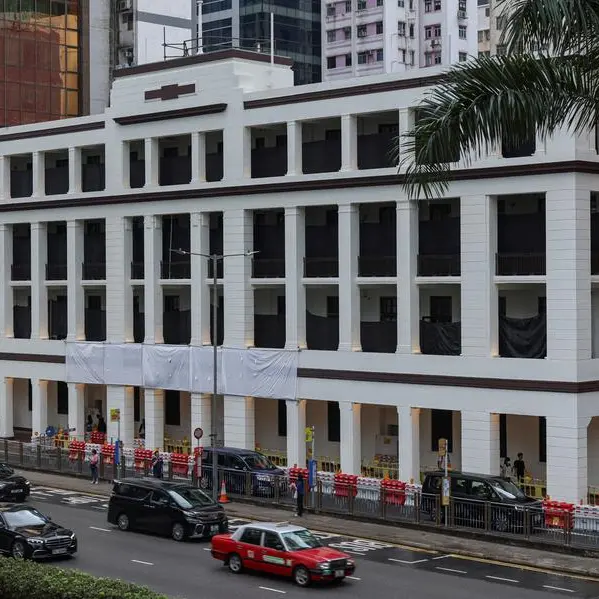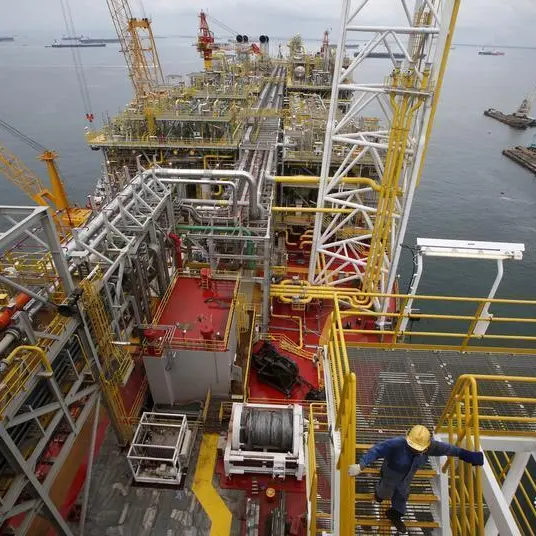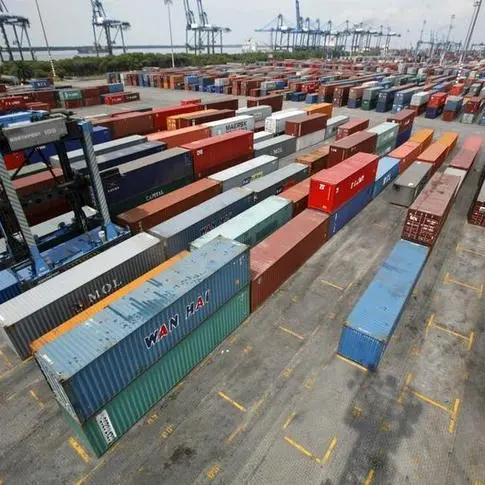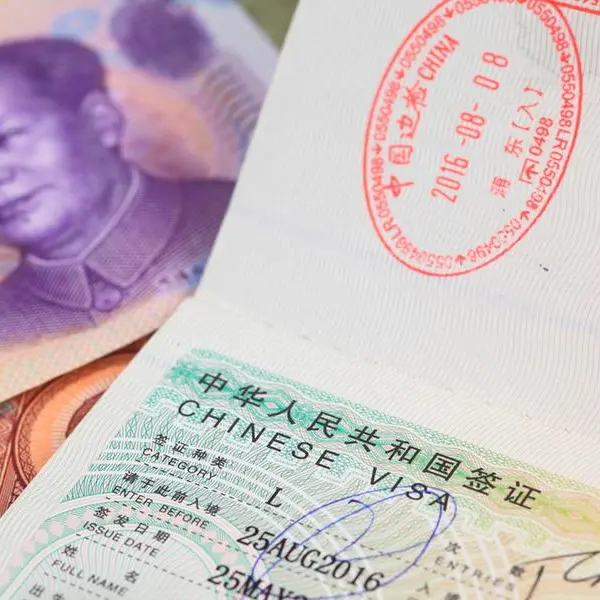PHOTO
Makati skyline at sunset, Manila, Philippines. Image Courtesy: Getty Images
The International Monetary Fund (IMF) has slashed its growth forecasts for the Philippines this year and the next as private consumption may grow slower than expected over the next two years.
Elif Arbatli-Saxegaard, mission chief of the 2024 IMF Article IV consultation team, said the multilateral lender cut its 2024 growth outlook to 5.8 percent from the six percent forecast it gave in June.
If realized, the IMF's gross domestic product (GDP) growth forecast for this year will be below the government's six to seven percent target. The latest growth target, however, is still faster than the 5.5 percent expansion in 2023.
The IMF also cut its 2025 growth projection for the Philippines to 6.1 percent from 6.2 percent previously. This is well below the government's 6.5 to 7.5 percent GDP growth target for next year.
'The downward revision from our July forecast reflects our view that private consumption is going to grow slightly with less momentum,' Saxegaard said. 'The first half private consumption growth was lower than what we had anticipated, and this might be in part driven by the high food prices.'
But despite the downgrade due to the developments in the first half of the year, Saxegaard said the IMF's growth forecast for the Philippines remains one of the highest in the region.
'With the ongoing efforts, including non-monetary efforts to reduce food prices and especially rice prices, we do think that this will be supportive of consumption growth going forward,' she said.
The economy grew by six percent in the first semester, driven by the 6.3 percent expansion in the second quarter.
Private consumption grew by 4.6 percent in the second quarter, slower than the 5.5 percent in the same period last year.
Meanwhile, the IMF expects inflation to average 3.3 percent this year before easing further to three percent in 2025, supported by lower food prices and core inflation remaining well within the two to four percent target.
'Recent tariff cuts on imported rice and other non-monetary measures to reduce food prices should further ease headline inflation by year-end,' she said.
Headline inflation fell to a seven-month low in August, slowing down to 3.3 percent from 4.4 percent in July. Year to date, inflation averaged 3.6 percent, within the two to four percent target of the Bangko Sentral ng Pilipinas (BSP).
'With inflation expectations returning towards target, a continued gradual reduction of the policy rate is appropriate,' Saxegaard said.
The BSP's Monetary Board decided to cut borrowing costs by 25 basis points, the first time in nearly four years. This brought the key rate down to 6.25 percent from 6.5 percent previously.
The BSP raised rates by 450 basis points from May 2022 to October 2023 to tame inflation. After that, it maintained a hawkish pause as it kept rates steady for six straight meetings prior to the cut in August.
Saxegaard also said the BSP could deliver more aggressive rate cuts in the coming months if there would be a very significant slowdown in the global economy.
'But on the other hand, there could be new supply shocks related to oil prices or new food price shocks that would then warrant more caution and a more restrictive stance in monetary policy to ensure that inflation expectations remain anchored,' she said.
'That way the BSP would try to strike a balance with its inflation and growth objectives,' she added.
The BSP will meet on Oct. 16 and Dec. 19 to discuss policy.
Copyright © 2022 PhilSTAR Daily, Inc Provided by SyndiGate Media Inc. (Syndigate.info).
